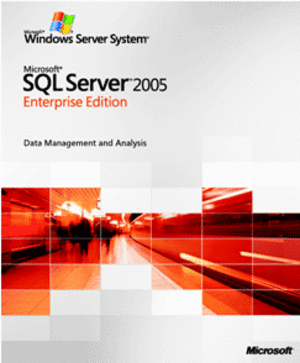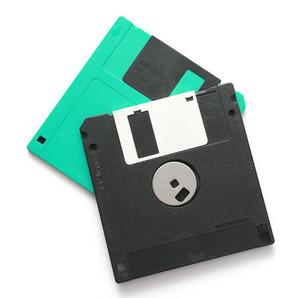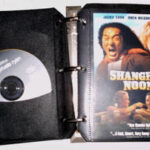If you’ve recently strolled through the computer section of stores like Staples or Best Buy, you may have noticed that the new computer models don’t come with floppy disk drives anymore; floppies are an accessory you have to add. While there are still some viable reasons to have a floppy drive, the low prices of CD and DVD writers (and the low cost of the media itself), have reduced dependance on floppy discs for backups, making file transfers, or making copies.
And, now there is another storage device that is rapidly gaining in popularity which also puts another nail in the coffin of floppy disks. They’re being referred to as “jump drives” or “removable drives”, and come under various marketed names, such as “Travel Drive” by Memorex, and “Data Traveler” by Kingston Memory.
Jump drives look something like a thin cigarette lighter or a women’s lipstick case. They plug into the USB port on your computer and are instantly recognized by Windows XP as being another disk drive. These compact units are flash drives that offer users a convenient way to store data, digital photos, video and MP3 files, and then easily access them from any PC or Mac using the computer’s USB port. Because these are not mechanical devices, loading and saving speeds are very high, and the reliability is far superior to floppy disks. Memorex’s TravelDrive has a blue LED indicator, adding to the cool factor of this versatile mobile storage device.
The original idea behind travel drives was to provide a quick way to copy files from one computer to another. However, increasingly people are using them as backup devices, always remaining in a USB port. Even the cheapest models store 256 megabytes or 512 megabytes…dozens of times the amount you can store on a 1.44 megabyte floppy. Jump drives are even available with 4 gigabyte capacity.
If you have an older computer that has the original 1.1 USB version, travel drives will still work, although they operate faster with the newer USB 2.0. Also, if you’re using an operating system earlier than Windows XP, a driver program must be installed before you use a travel drive for the first time, but that only has to be done once.
With an incredibly fast copy rate, large storage capacity, and ease of use, consider purchasing a travel drive and dedicating it to a USB port just for making daily backups of critical data (Windows will configure it to be another drive, such as E, F, G, etc.).
Check out the new line of jump drives. They’re great for making backups, moving programs and files from one computer to another, or any application where a lot of storage is needed that can “travel” easily.





